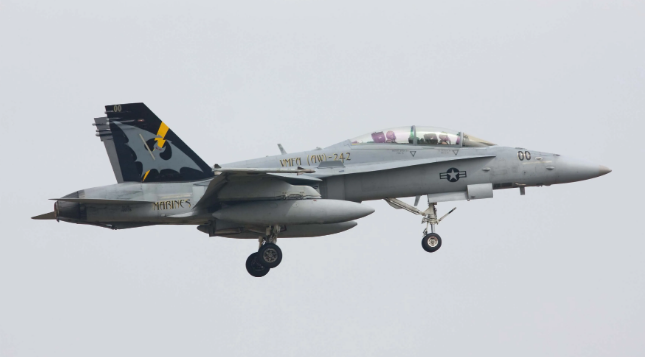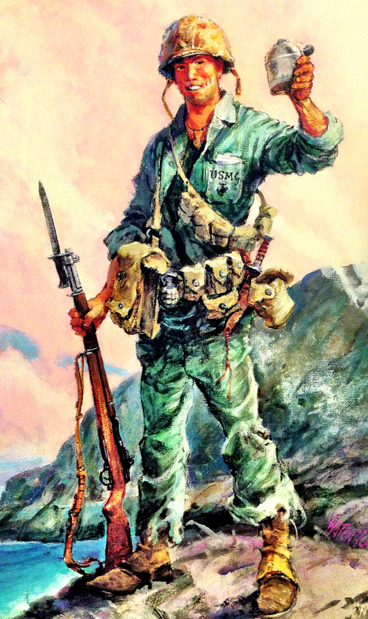It was late 1982 at Marine Corps Air Station Iwakuni in Japan when the VMA(AW)-242 BATS Intruder Squadron rolled in for another tour. As soon as they landed, the base came alive. You could feel the excitement. My buddies and I were all over it, because the BATS had a rep for being a solid crew. We clicked with them right away and before we knew it, we were hanging out, working together, and hitting the town. Those guys knew how to get the job done, but they also knew how to let loose. It was a good time to be stationed at Iwakuni.
A bit of Bats history:
Marine Corps Air Station El Toro (MCAS El Toro) in California saw the birth of Marine All Weather Attack Squadron 242, known as VMA(AW)-242, in the early 1960s. This squadron has a rich history with deep roots in aviation warfare, supporting various missions for the United States Marine Corps over the decades. As part of Marine Aircraft Group 11 (MAG-11), the squadron transitioned through different roles, aircraft, and operational demands, evolving into a critical component of Marine Corps aviation.
The journey of VMA(AW)-242 began in 1961 when it was established to operate the new A-6 Intruder aircraft. The A-6 was a versatile all-weather attack jet, designed for low-level, high-speed penetration into enemy territory, and capable of carrying a significant payload. This capability was crucial during the Cold War and Vietnam War eras, as it provided a flexible platform for both conventional and unconventional operations.
During the Vietnam War, VMA(AW)-242 played an active role in combat operations. The squadron’s deployment to Southeast Asia was marked by challenging missions in harsh conditions, demonstrating the A-6’s capacity for precision strikes and close air support. The BATS (a nickname derived from the squadron’s emblem depicting a bat) earned a reputation for their skill and determination, flying numerous sorties over enemy territory. The squadron’s expertise in low-altitude navigation and all-weather attack proved invaluable in the dense jungles and unpredictable weather of Vietnam.
Following the Vietnam War, the squadron continued its service, adapting to new challenges and evolving mission requirements. In the 1980s and 1990s, VMA(AW)-242 participated in various deployments and training exercises, refining its capabilities in all-weather attack and close air support. The squadron’s role in the Marine Corps’ aviation strategy expanded, including participation in operations like Operation Desert Storm during the Gulf War.
The 1990s and early 2000s saw a shift in military strategy and technology, leading to significant changes in the Marine Corps’ aviation structure. Despite these changes, VMA(AW)-242 continued to serve with distinction, showcasing adaptability and commitment to the Marine Corps’ mission. The squadron’s history reflects the broader trends in military aviation, as it navigated the transition from Cold War-era tactics to modern asymmetric warfare.
As part of the Marine Corps’ restructuring efforts in the early 2000s, VMA(AW)-242 was eventually deactivated in 2008. This deactivation marked the end of an era for the squadron, which had served for over four decades. The legacy of the BATS, however, lives on in the Marine Corps’ aviation history, as the squadron’s contributions to combat operations, training, and support missions remain a testament to the courage and dedication of its members.
VMA(AW)-242’s history is a reflection of the Marine Corps’ evolving air capabilities, demonstrating the squadron’s adaptability and commitment to the mission. The legacy of the BATS serves as a reminder of the important role Marine Corps aviation has played in supporting ground operations and maintaining air superiority in various theaters of war.


 231 views today
231 views today  01:34 EST
01:34 EST

